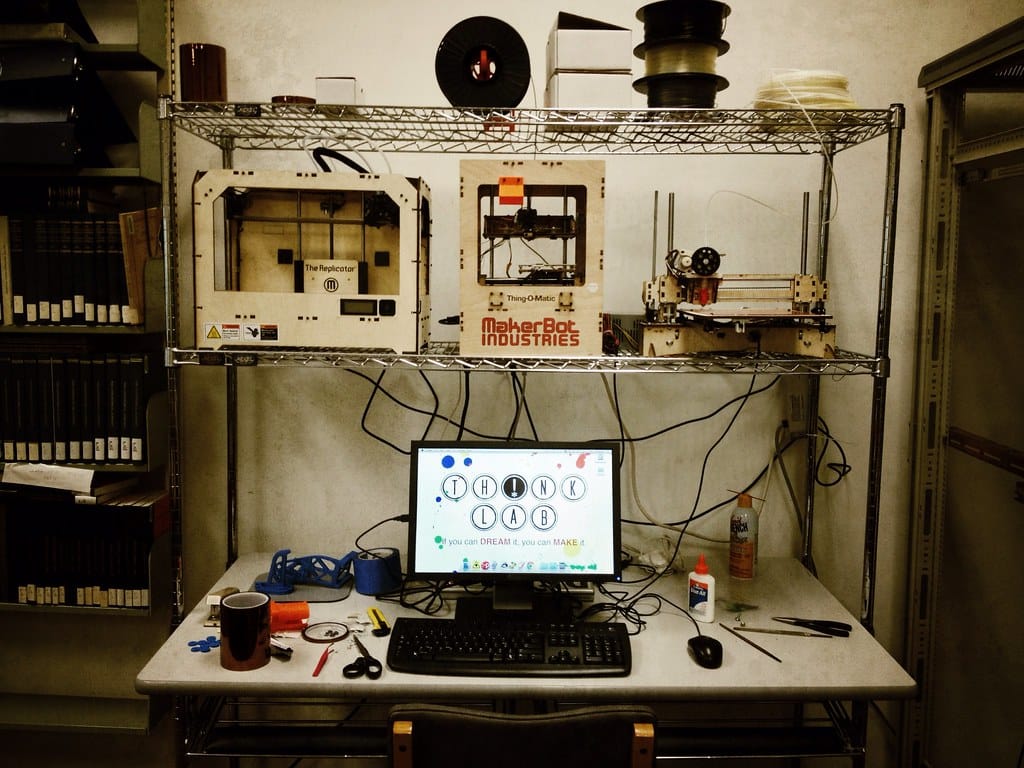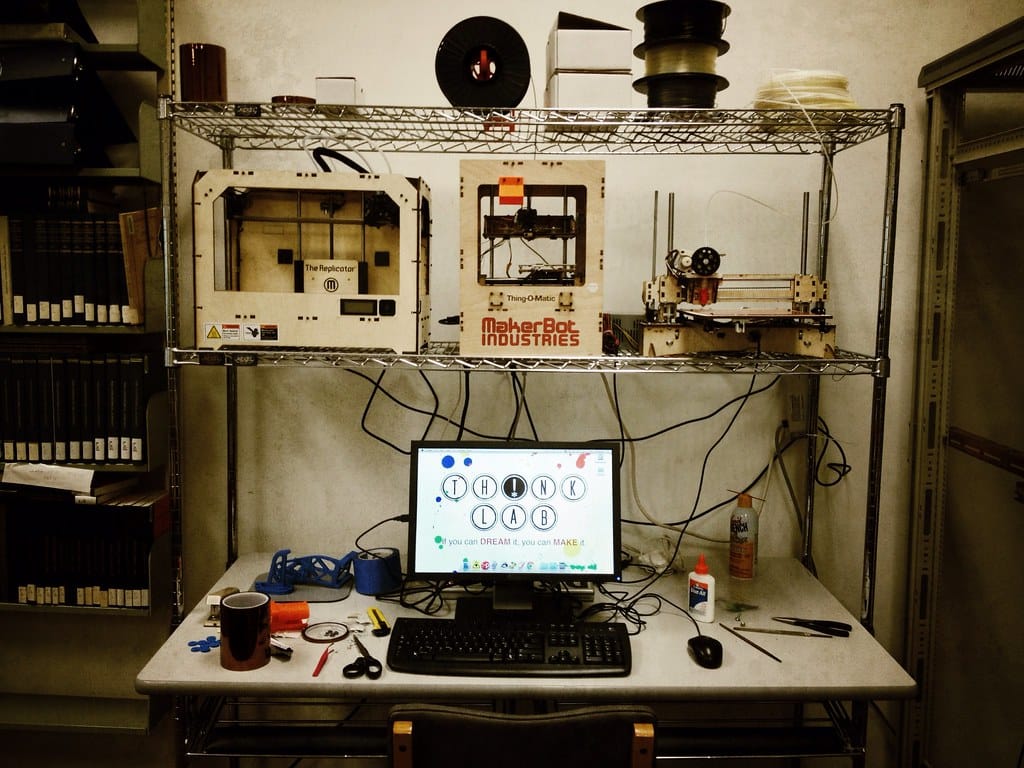Major 3D Printing Platform Bans Firearm Files Amid Growing Safety Concerns
The world's largest repository of 3D printing designs has taken a decisive stance against downloadable weapon blueprints, sparking renewed debate about digital manufacturing oversight and public safety in the era of desktop fabrication.
Platform Takes Stand on Gun Control
Thingiverse, the leading community-driven platform hosting millions of 3D printable designs, has implemented a comprehensive ban on firearm-related files following mounting pressure from lawmakers and safety advocates. The decision affects thousands of existing designs and prevents future uploads of weapon blueprints, ammunition components, and firearm accessories.
The policy change comes as 3D-printed firearms, often called "ghost guns" due to their lack of serial numbers, have increasingly appeared in criminal investigations across the United States. According to the Bureau of Alcohol, Tobacco, Firearms and Explosives (ATF), law enforcement agencies recovered over 45,000 suspected ghost guns in 2021, representing a 1,000% increase from 2017.
Growing Legal and Safety Pressures
The platform's decision follows a series of high-profile incidents involving 3D-printed weapons and intensifying regulatory scrutiny. In 2022, the Biden administration implemented new rules requiring manufacturers of ghost gun kits to include serial numbers and conduct background checks, though these regulations don't cover individual 3D printing.
"We have a responsibility to our community and society at large," said the platform's safety team in a statement. "While we strongly support maker innovation and the democratization of manufacturing, we cannot ignore the potential for misuse of certain designs."
The ban extends beyond complete firearms to include:
- Firearm frames and receivers
- High-capacity magazine designs
- Ammunition manufacturing components
- Firearm modification accessories
Industry Divide Emerges
The decision has created a clear divide within the 3D printing community. Major platforms including Printables and MyMiniFactory have implemented similar restrictions, while smaller, specialized sites continue hosting weapon files under free speech protections.
Defense Distributed, the organization that first published 3D-printed gun blueprints in 2013, continues to distribute files through its own platform despite ongoing legal challenges. The group's founder, Cody Wilson, argues that restricting digital files constitutes prior restraint on free speech.
"This represents a concerning trend of corporate censorship," Wilson stated in response to the platform bans. "The technology exists, and attempts to suppress information will ultimately prove futile."
Technical Realities and Limitations
Security experts note that while 3D-printed firearms pose genuine risks, significant technical limitations remain. Most consumer 3D printers use plastic materials that cannot withstand the pressures generated by traditional ammunition. However, hybrid designs incorporating metal components and advances in printing materials have improved weapon reliability.
Dr. Sarah Martinez, a materials science professor at MIT, explains: "Current plastic printing technology produces firearms that are often single-use and potentially dangerous to the operator. However, as printing technology advances and metal printing becomes more accessible, these limitations may diminish."
Regulatory Response and Future Outlook
Federal lawmakers have introduced multiple bills aimed at regulating 3D-printed firearms, though comprehensive legislation remains stalled in Congress. State-level responses vary dramatically, with some states banning ghost guns entirely while others maintain minimal restrictions.
The European Union has taken a more aggressive approach, with several member nations implementing specific regulations on 3D-printed weapons and requiring registration of certain types of 3D printers.
Enforcement Challenges Ahead
Platform bans face significant enforcement challenges. Determined users can easily circumvent restrictions through alternative hosting sites, peer-to-peer networks, or slight design modifications that technically comply with platform rules while maintaining weapon functionality.
Additionally, the global nature of the internet means that files banned in one jurisdiction remain accessible through platforms hosted elsewhere, creating a complex patchwork of availability and restriction.
Key Takeaways
The 3D printing industry's response to firearm files reflects broader tensions between technological innovation, free expression, and public safety. While platform bans may reduce casual access to weapon designs, they're unlikely to eliminate availability entirely.
As 3D printing technology continues advancing and costs decrease, policymakers, platforms, and communities must grapple with balancing legitimate maker activities against potential misuse. The current approach of voluntary platform restrictions represents just one step in an evolving regulatory landscape that will likely require coordinated legal, technical, and social solutions.
The debate ultimately highlights fundamental questions about who controls digital information in an age where data can be instantly transformed into physical objects with potentially deadly consequences.

